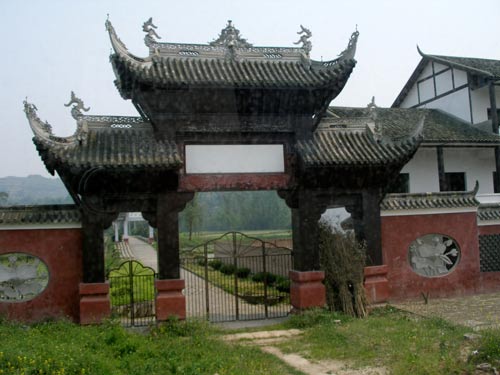
An old gate
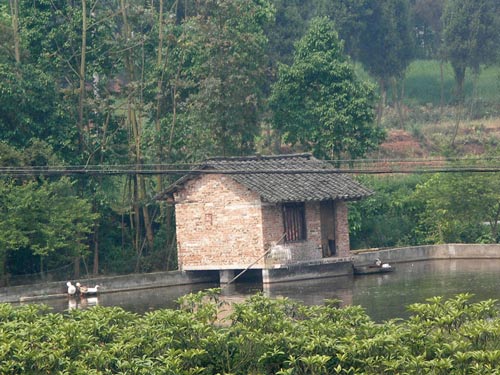
A typical duck farm
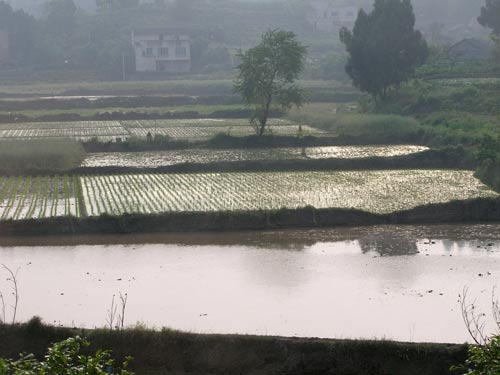
Some different stages of rice fields
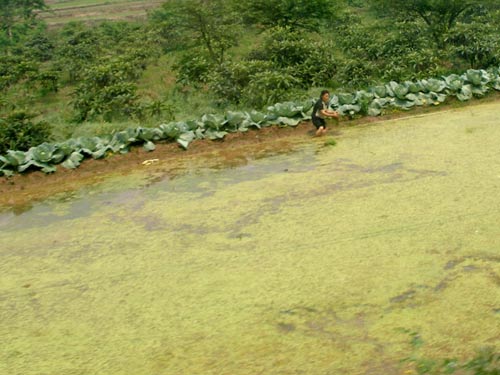
Working in the fields
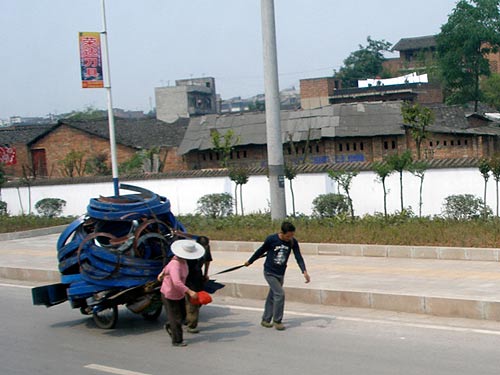
Work in the city seems equally as difficult.
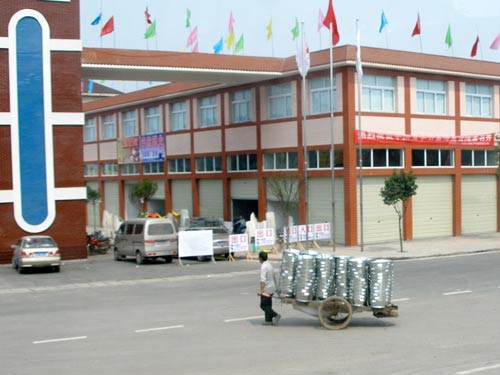
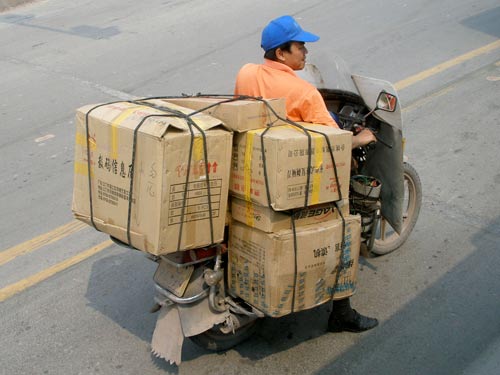
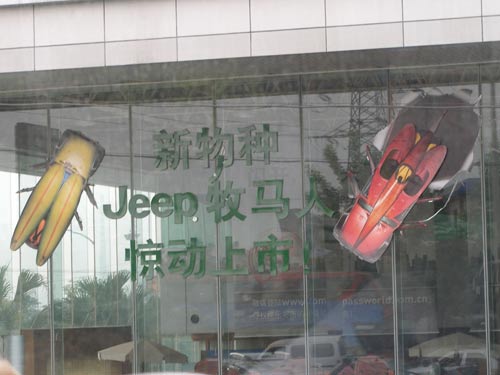
In an interesting choice of advertising, these cars are made up to look like insects.
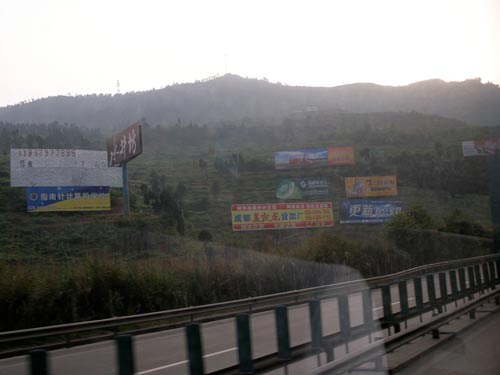
Enormous billboards plaster the countryside outside of Chengdu.

